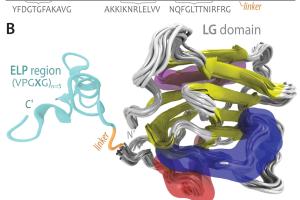Simulation & Complex Systems Research

Core Faculty

Roseanne M. Ford
Professor of Chemical Engineering
Roseanne M. Ford is a Professor of Chemical Engineering at the University of Virginia. She holds a B.S. degree from the University of Delaware and a Ph.D. from the University of Pennsylvania, both in chemical engineering.

Kyle J. Lampe
Associate Professor, Chemical Engineering
Associate Professor, Biomedical Engineering and Neuroscience (by courtesy)
Kyle Lampe is an Associate Professor in the Department of Chemical Engineering at the University of Virginia, and by courtesy, Biomedical Engineering and Neuroscience.


